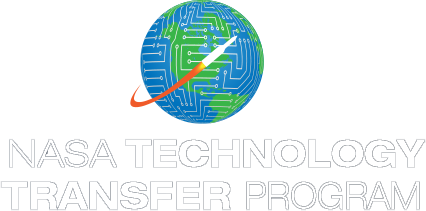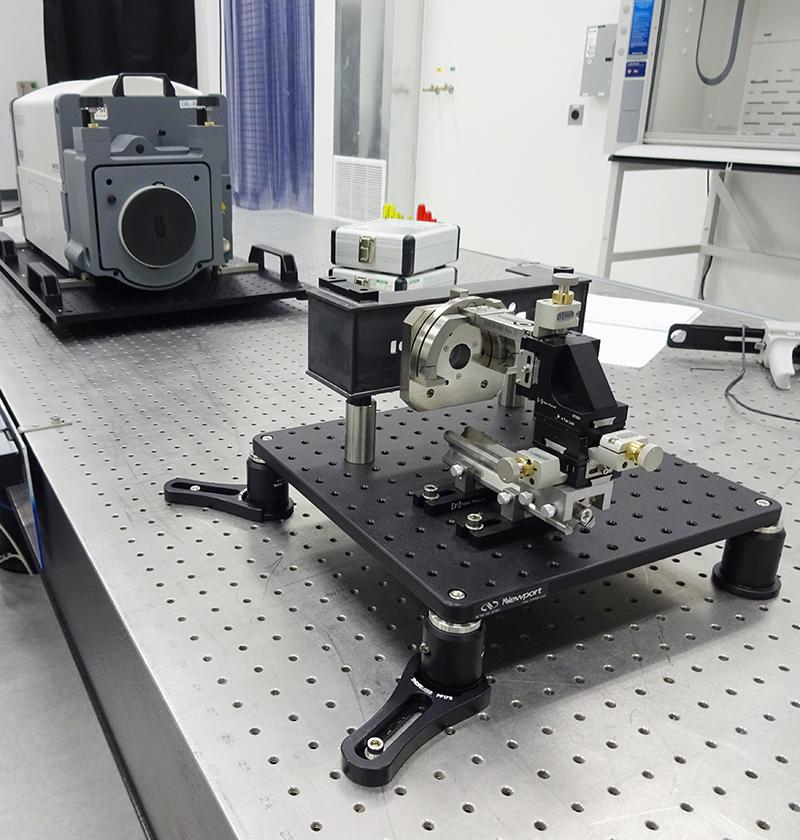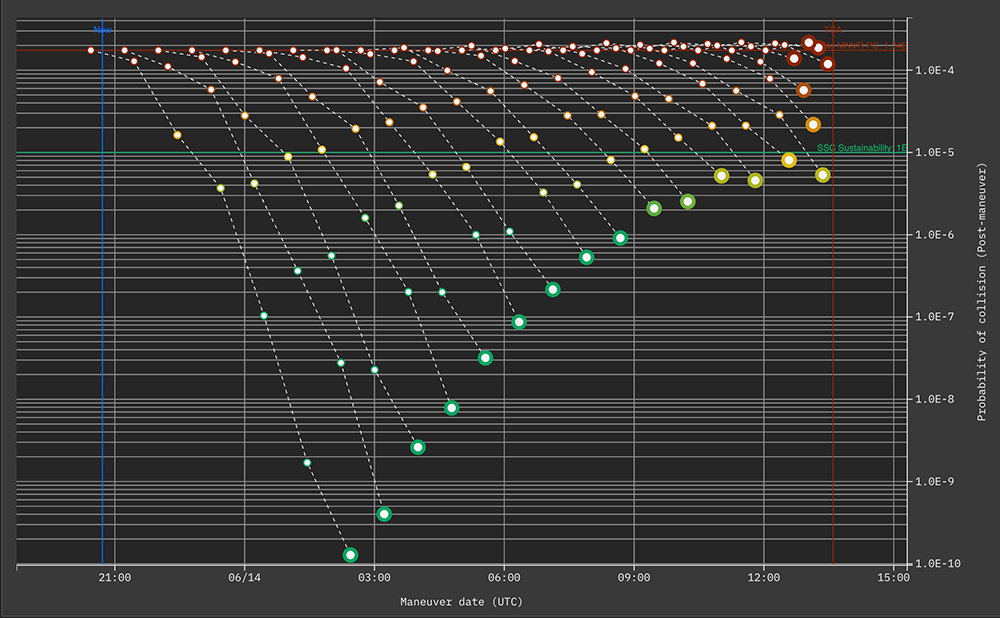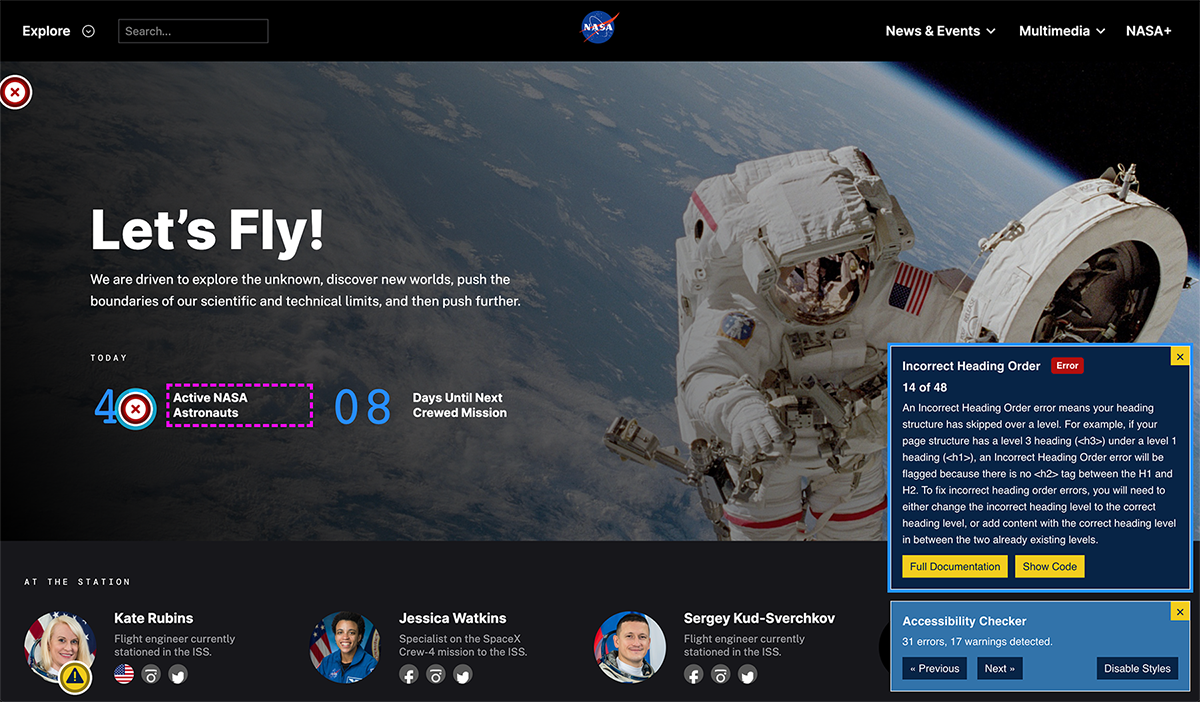
Equalizing Internet Access
Subheadline
Making websites user-friendly for everyone with an easy-to-use plugin
It’s hard enough to go online with a smartphone using one hand when you’re holding a squirming toddler or dragging a suitcase. Try doing it when you can’t see — it can be incredibly difficult. That’s partly because devices and programs used to access the internet are often designed for people without disabilities. Equalize Digital Inc. is working to ensure all users have equal access to the web, and NASA is helping.
More than 1 billion people worldwide and 1 in 4 American adults have a disability that could prevent them from interacting with the online world, according to the Georgetown, Texas-based company. Whether due to a permanent condition such as blindness or a temporary disability like blurry vision caused by cataracts, many users have a hard time navigating websites that haven’t addressed accessibility issues.
To ensure anyone could access every page of NASA’s new website, the agency contracted Equalize Digital to evaluate the site according to accessibility requirements. As part of the project, the company also made improvements to its automated Accessibility Checker plugin, and those changes are now benefiting its other customers.
“Sometimes people don’t really know where to start with accessibility, and it can feel overwhelming,” said Amber Hinds, CEO of Equalize Digital. “We’re trying to create something that helps everyone — small businesses or an individual blogger — find accessibility problems on their website.”
The Accessibility Checker plugin for WordPress tests individual pages or entire sites, automatically updating to generate accessibility compliance reports whenever new content is published. It uses the industry-standard Web Content Accessibility Guidelines to identify noncompliant code. Customers, including businesses and universities, use the plugin to ensure they reach everyone interested in their site’s content and avoid potential lawsuits over inaccessibility.
While federal agencies are required to meet minimum accessibility standards, NASA wanted to “push the boundary, to be an example of best practices,” said Abby Bowman, agency web modernization lead. The team found that error reports generated by the existing Accessibility Checker were too technical for the writers and editors who prepared the content. So Equalize Digital worked with NASA to create a supplemental highlighting tool that makes the process more user-friendly.
After a writer drafts a new article on the site, but before it goes live, the plugin puts a pink box around any text with a problem — it could be a caption or part of the article. A click on the box calls up an explanation of the issue, how to correct it, and a summary of the relevant accessibility requirements. Over time, users learn the correct content formatting, resulting in fewer errors while also gaining a greater understanding of online accessibility.
The highlighting feature developed for the space agency is now available in the free and paid versions of the Accessibility Checker plugin because NASA wanted to make it widely available. Equalize Digital was happy to meet that requirement, which was in keeping with its corporate ethos. As a Certified B Corporation, it is expected to consider anyone who could be affected by its decisions, from workers to wider society and the environment.
“It’s something that appeals to me — to do more than just make money,” said Hinds “I want to feel like I’m making a difference in the world. It would have taken us much longer to release this feature if it were not for the support of NASA.”
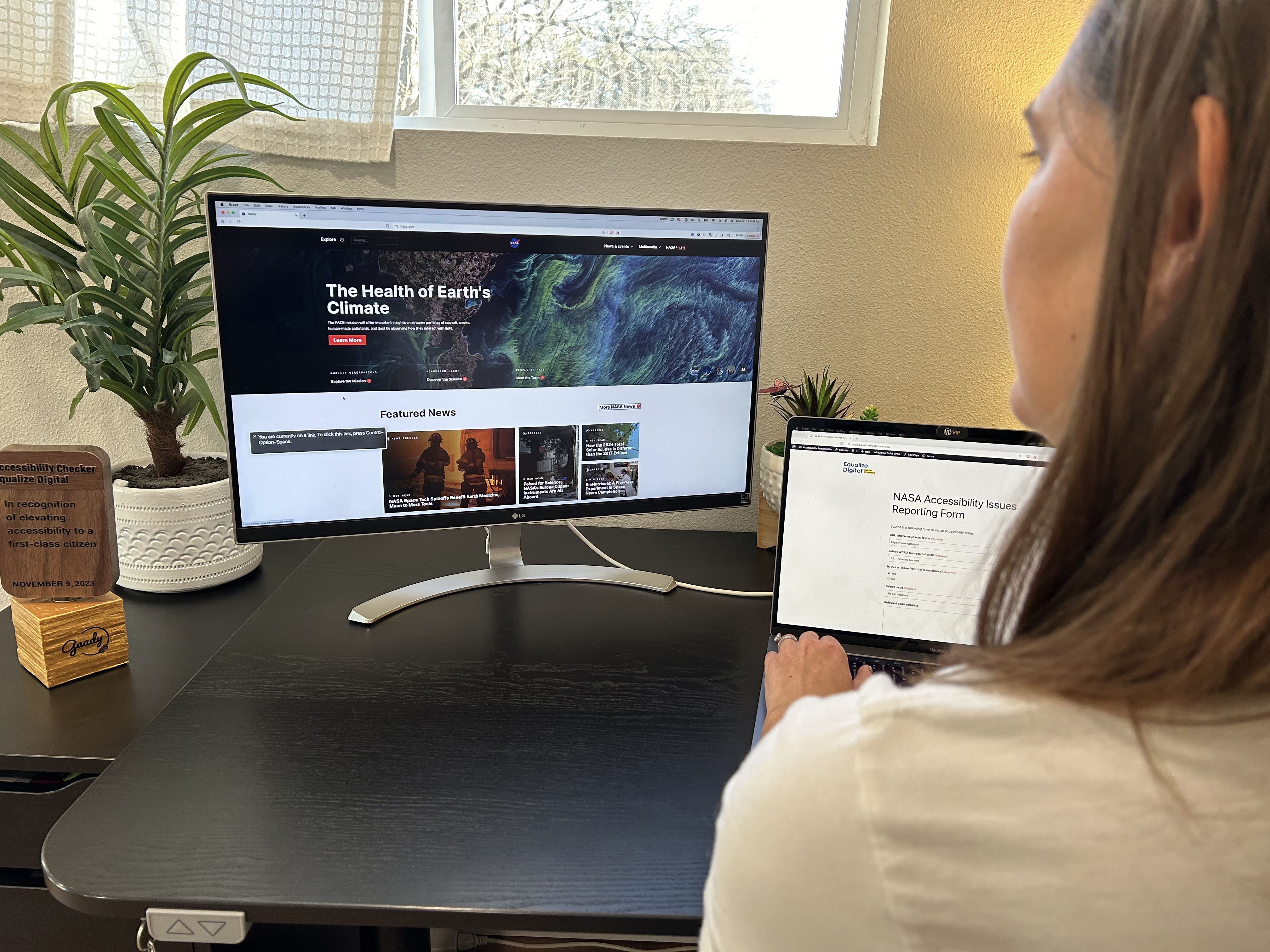
Amber Hinds, CEO of Equalize Digital, tests the new NASA website using the Apple VoiceOver screen reader. Credit: Equalize Digital Inc.

To make NASA content accessible for all readers, Equalize Digital created a plugin that highlights issues that could impede readers. This way all users can correct copy before publishing content online. Credit: NASA

